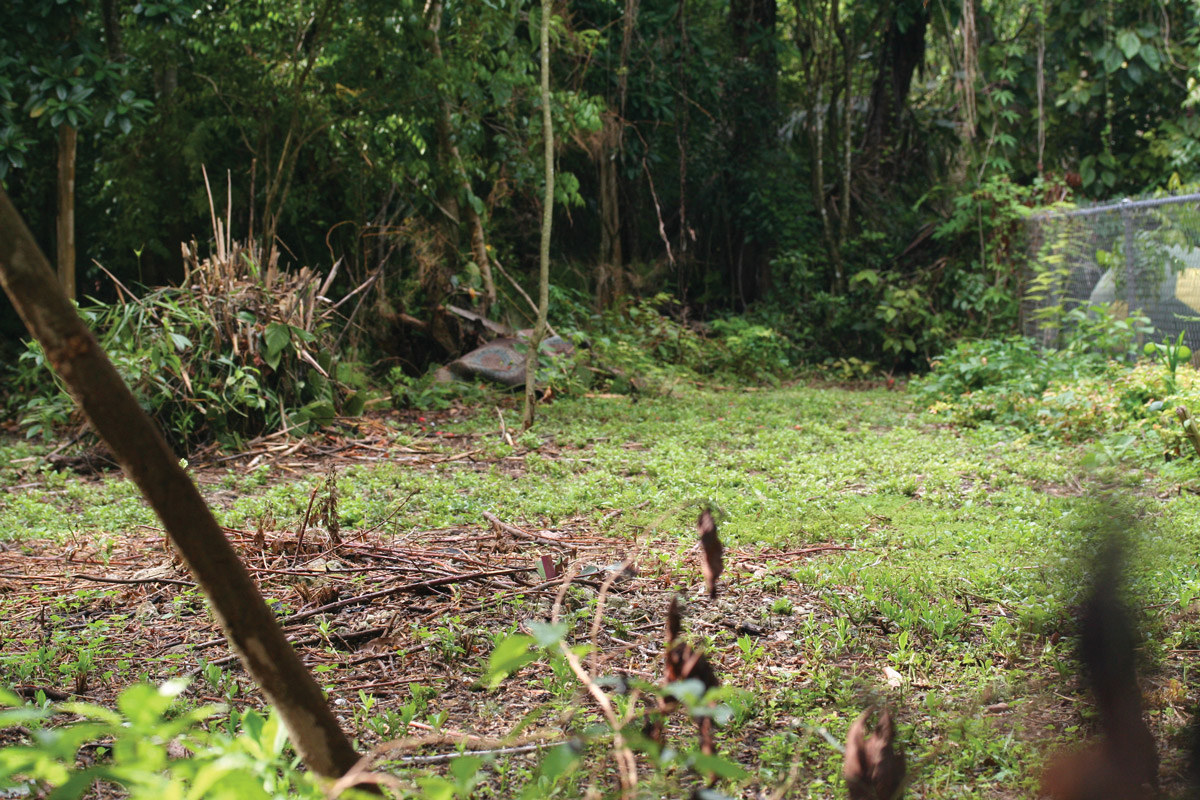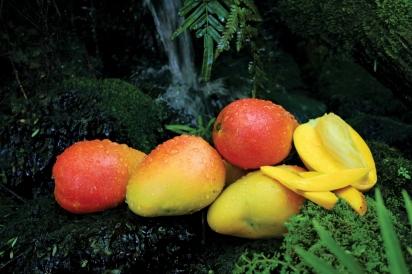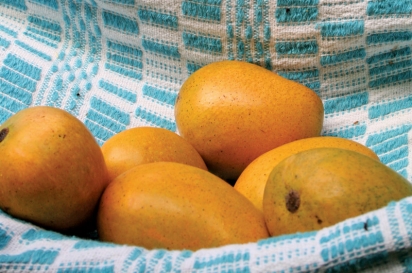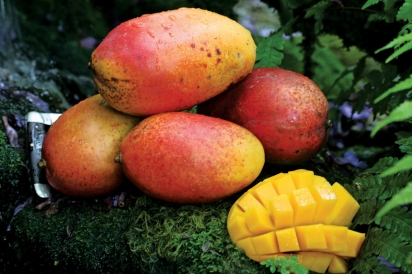The Common Mango Man
Although visible from the highway, no road led to where he labored, leaving access to his property only by horse, mule or foot. Each week, as the sun rose from behind the far ridge, I would watch him from the window of the vehicle taking me to school. Each morning he was toiling away at the encroaching forest. On the weekends he was there just the same, chopping and burning, foot by foot, opening the scrub to allow for the planting of his sapling mangos.
This scene played out week over week during my year in Honduras. I was 16, there with my family. We watched as he transformed the scrubby ridge into a quaint mango orchard. This simple farmer, or campesino, carved out his niche on the lonely mountainside. We saw only the simplest of edge-tools and fire. He used no engine, no tractor, no internal combustion of any kind, just the sweat of his brow against the disorder. Little by little our friend made his mark. I would ask my father his opinion of this man and his quest, and there was always a quiet reverence in his voice discussing the campesino’s activities. My father admired him and shared in his anguish over the fire season and each torrential downpour.
We often went on weekend hikes to the mountains along this same road. Dad talked of dedication, the struggle that every man must make against the disorder, the entropy that Mother Nature herself heaps upon us mortals. This is, after all, the basis of horticulture – controlling a small portion of your world and putting it to use for your own devices. Armed with only an ax and machete, this man on the distant mountainside in Honduras was involved in an epic effort. I was young; I listened and I processed, but I never fully understood – until now.
Regaining Control
These days I am staring 50 in the eyes. My father has passed away and so too has the Honduran campesino. But the trees planted by his hand still reach for the sun and convert its energy into mangos. The seed planted by his actions and the interpretations imprinted by my father still resonate within me. After work I take my machete, walk through the hole in the hedge that forms my back property line, and undertake my own quest.
I toil against the vines and the undergrowth that comes from a decade and a half of abandonment. I clear the shrubs and the choking tendrils to find the skeletons of fruit trees of my youth – long succumbed to the encroachment of the South Florida jungle.
I know it’s not good business, and I know it’s not practical. I have a couple of chainsaws and I have equipment that could clear this land in a single day. But every day I keep to my task, working alongside the memories of my campesino friend and my father, scratching out a plot of land that will be home to heirloom mango trees. These will be the most important mangos on the planet, for they will encompass my horticultural world. They will have names like ‘Angie’, ‘Fairchild’ and ‘Rosigold’, and each will have a history and legacy for me. This will be my field of dreams.
I was afforded a great gift to chase a horticultural dream. I will clear and prepare and plant over the coming year. Hurricanes, disease and the vagaries of the modern climate change will be no match for my dream. I will prevail, just as the campesino did. It will take years and will not change anything in the global scheme of the mango, but for an edible South Florida, it is everything. It is why we live here and it is our struggle to eke out a horticultural existence in our own little space.
Sometimes the biggest dreams are played out in the smallest of lands. Seek, find and partake in the harvest. Good growing!
3 Mangos Worth Tracking Down for Growing or Eating
‘Angie’ (Florida)
Selected for home garden and estate agriculture because of its compact growth habit, disease tolerance and overall fruit quality, this variety is saffron yellow with orange blush and tangerine, fiberless flesh. The flavor is sweet and sophisticated with apricot notes. The tree is semi-dwarf, highly manageable with annual pruning.
‘Fairchild’ (Panama)
This lemon-yellow-skinned mango, selected by Dr. David Fairchild and his family in the early 1900s in the Panama Canal Zone, matures in June and July. The juicy, fiber-free flesh is deep orange and aromatic, with a rich, spicy flavor. ]It can be maintained at a height and spread of 8 ft. or less, perfect for those with a modest-sized home garden.
‘Rosigold’ (Florida)
A local selection of Southeast Asian heritage, ‘Rosigold’ is the answer to those who can’t wait for mango season to arrive. The bright yellow fruits ripen from middle to late March. The juicy, deep orange flesh is silky, aromatic and sweet. The tree is small, manageable and highly productive and can be kept at 8 ft. Blooming often occurs in successive waves throughout the winter, resulting in a multi-harvest fruiting season.







